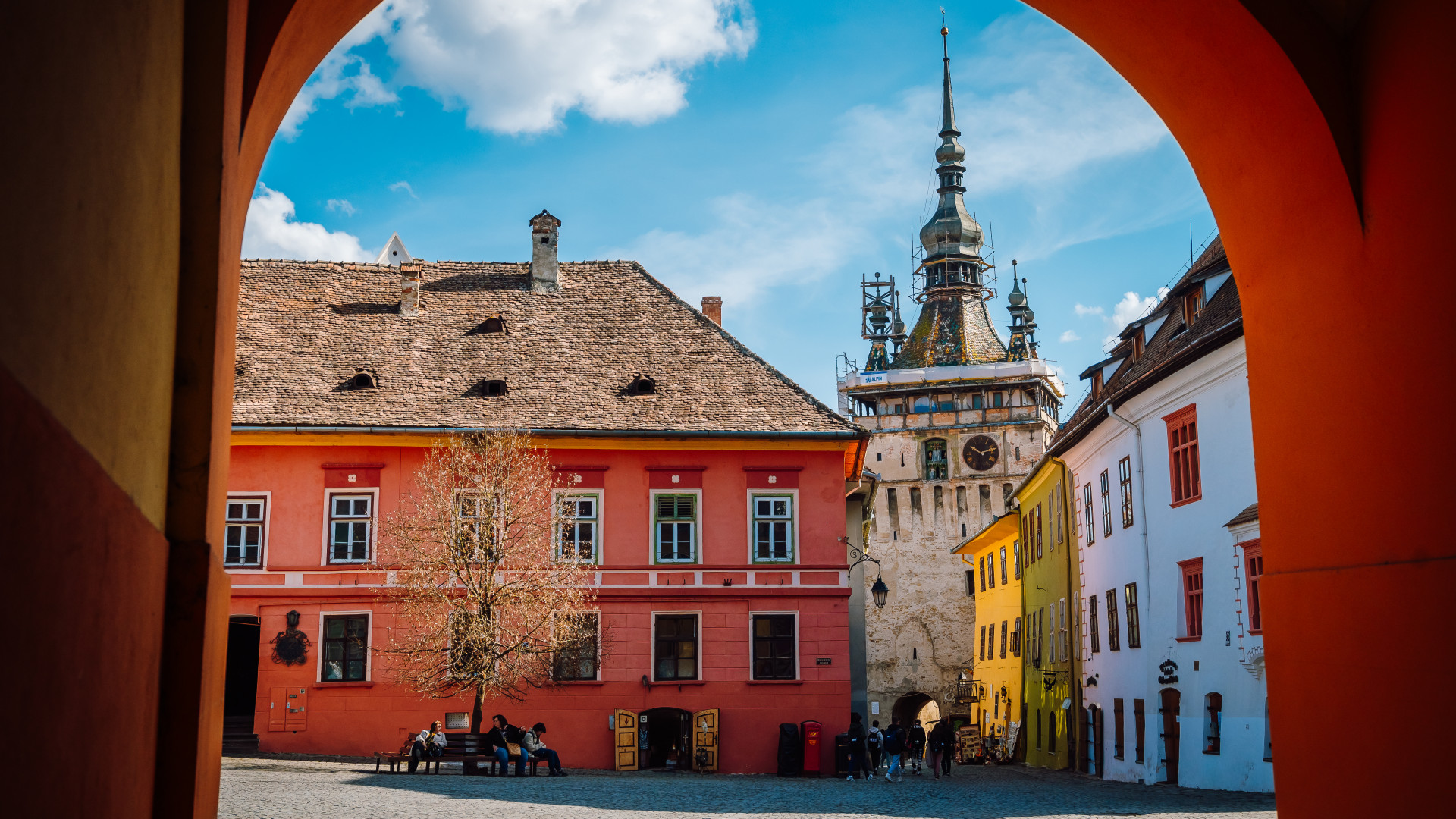Castles, Citadels, Architectural Curiosities
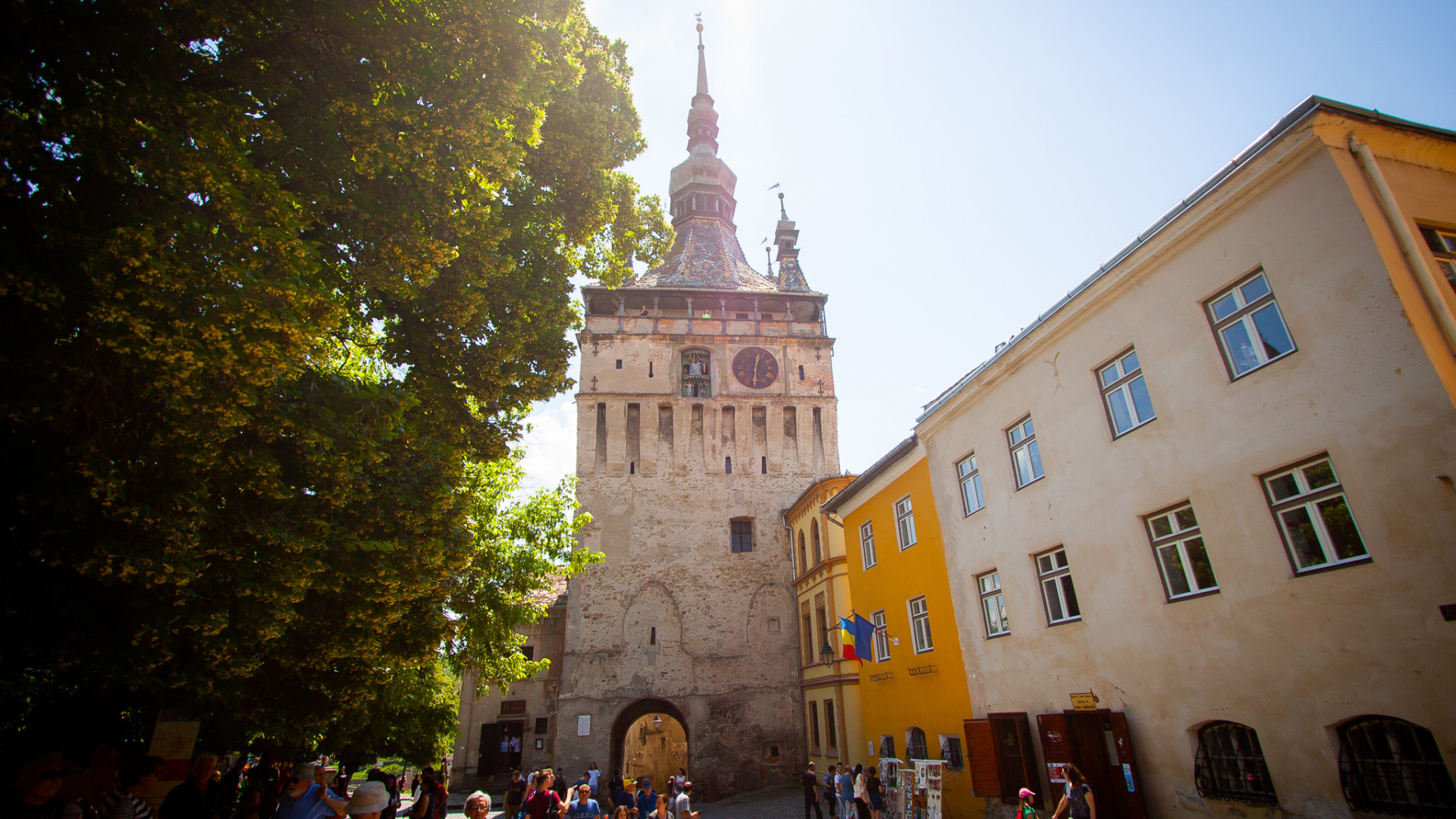
Medieval Citadel of Sighișoara
Sighișoara, one of the most beautiful towns in Transylvania, has been an important and inhabited place since ancient times. It was also the site of the Roman fortress of Stenarum, which disappeared during the Migration Period. The Saxon settlers were invited to colonize this part of Transylvania by King Géza II of Hungary between 1141 and 1161, and granted various privileges, which were confirmed by Endre II in 1224. It became the centre of the Saxon Seat of the same name and was under the jurisdiction of the Saxon Count of Sibiu. The construction of the wooden fortress began in the very end of the 12th century, but it was destroyed in the Great Tartar Invasion of 1241 and a new one was built to replace it. It is first mentioned in a charter of 1280 by the name of Castrum Sex, as a royal estate. The upper part of the Citadel Hill, the Upper Town, gradually reinforced with ramparts and towers, was the centre of the town until the 16th century, with three fortification systems and 14 defense towers. The main entrance to the citadel, the 64-metre-high rectangular gate of the Clock Tower, is the symbol of the city. This tower was defended not by the guilds, as the towers usually were, but by the soldiers of the council, which used the tower as its seat until 1556. The tower, built in the 14th century, was rebuilt after the great fire of 1676. Since 1999, Sighisoara Citadel has been a UNESCO World Heritage Site and is the venue for numerous cultural events, including classical music, jazz, medieval, inter-ethnic, folk dance and film festivals. Its attraction is enhanced by its medieval townscape, its towers, the former Dominican monastery church, its cobbled streets, its old houses, its Gothic church, its Lutheran cemetery, its 172-stepped covered wooden staircase built in 1642.
Learn more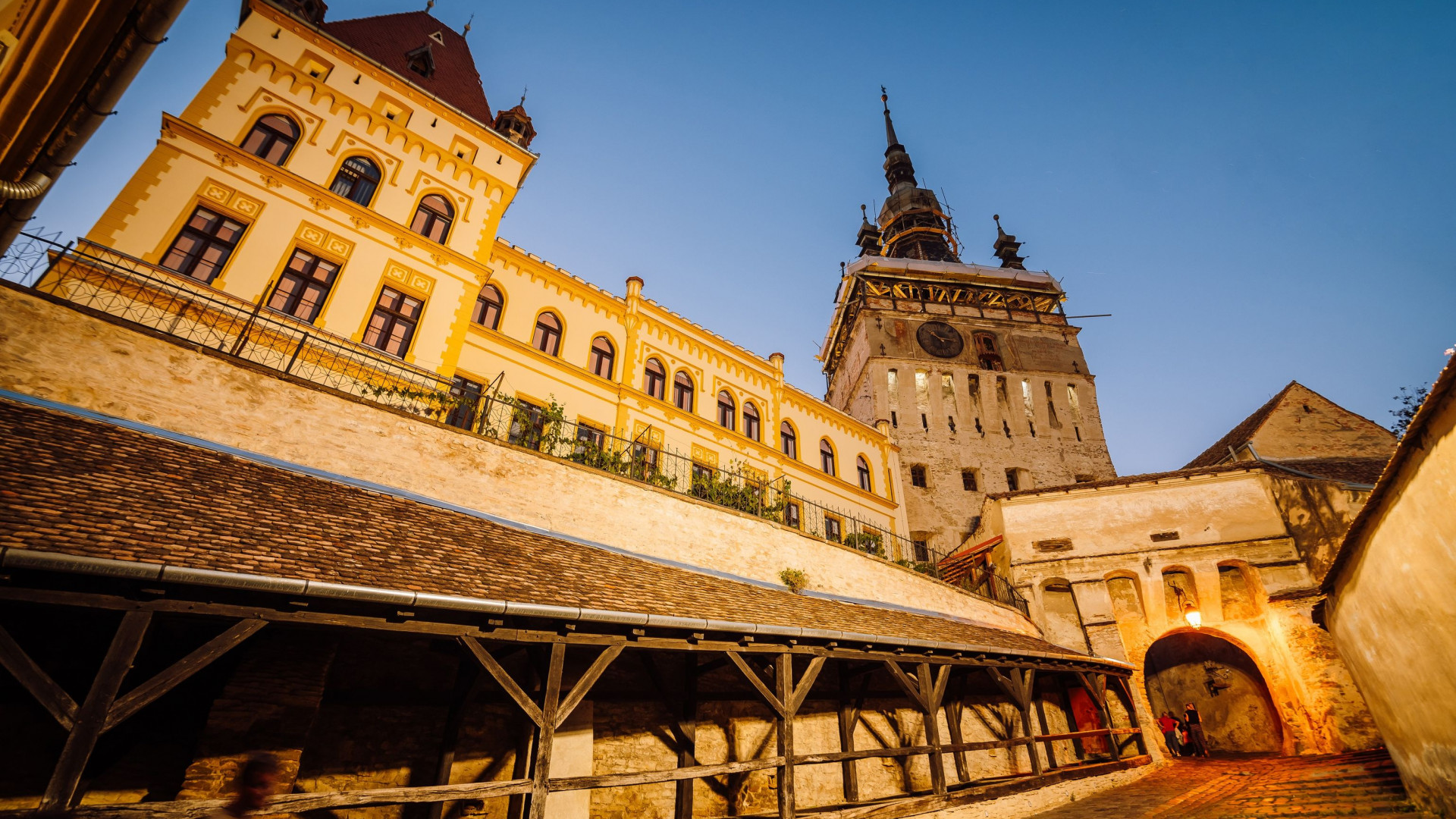
Clock Tower - Sighișoara
In the Middle Ages the fortress had 14 towers, today only 9 towers remind us of the medieval era. The clock tower is located on the southeastern side of the lower plateau of the fortress and it is part of the front door complex that provides access to the Citadel in the Lower Town. The tower has a height of 65 meters with 5 levels, the latter being a little more retreated and an open gallery. The ground floor of the tower dates back to the 14th century. In the 16th century, the tower had four high towers on the roof, a sign of the city's status, with the right to grant the death penalty. After the fire in 1676, the tower was burned and restored by baroque bandmasters. Inside, on each level the tower has two rooms. In 1648 at level 4 the clock is installed. The figures made of linden wood, representing the days of the week under the image of the ancient gods and the goddesses of Peace, Justice, day and night, and two fighters who beat the quarters of an hour, were restored in 1677. At the end of the 19th century it became the Museum of history of the city.
Learn more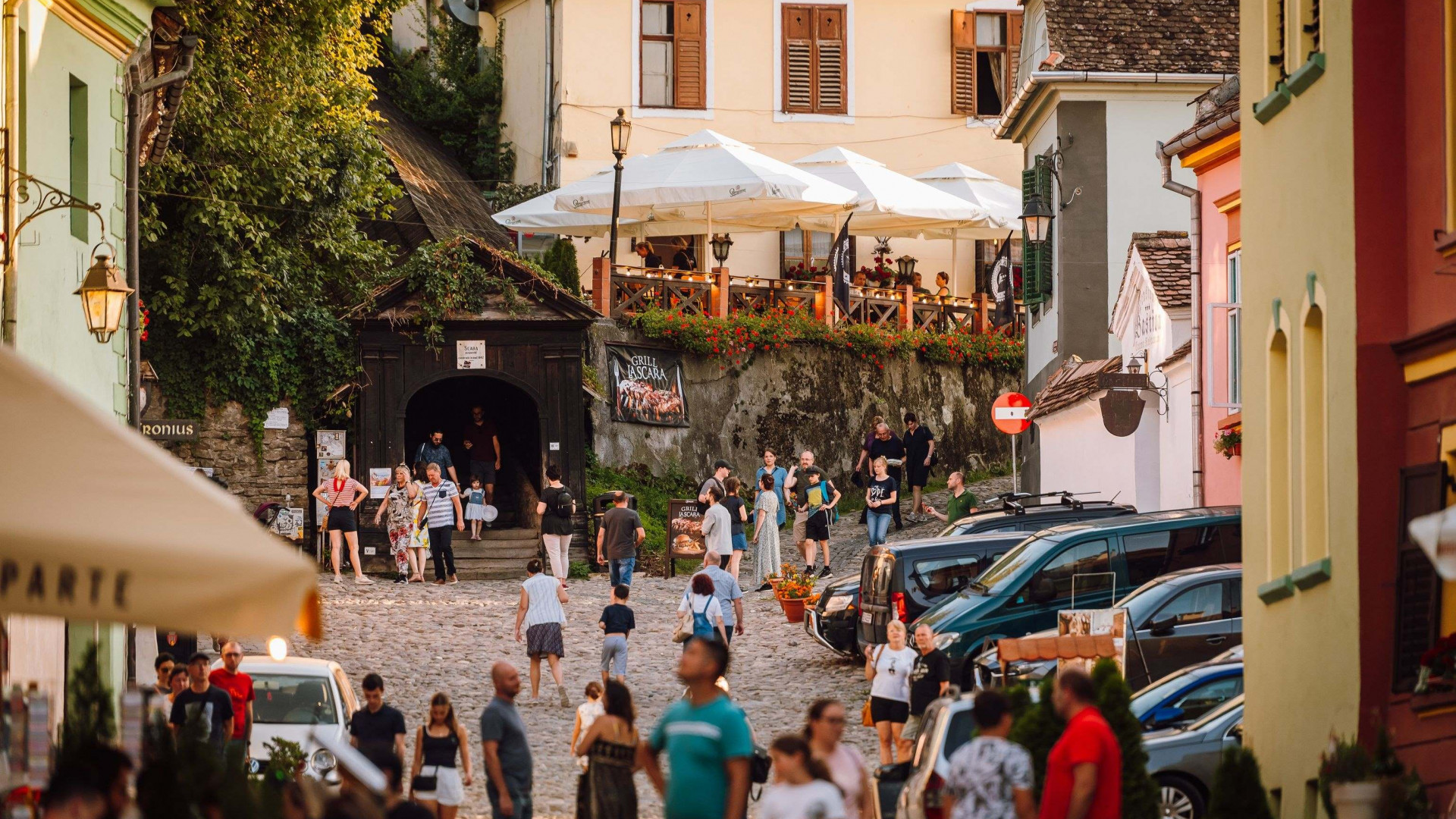
Scholar's Stairs - Sighișoara
The Scholars’ Staircase is a truly original construction of the citadel, being the largest of its kind in Transylvania. Originally it was built of wood and had 300 steps, and its role was to facilitate the access to the High School and the Church on the Hill. It was built between 1660 - 1662 and covered by the locals to protect children going to school. In 1842 it was altered and left with 175 steps. The construction as we can see it today, has a stone foundation with wooden walls and a shingle roof, like a tunnel leading to the top of the hill, the sun rays penetrating through its wooden slats.
Learn more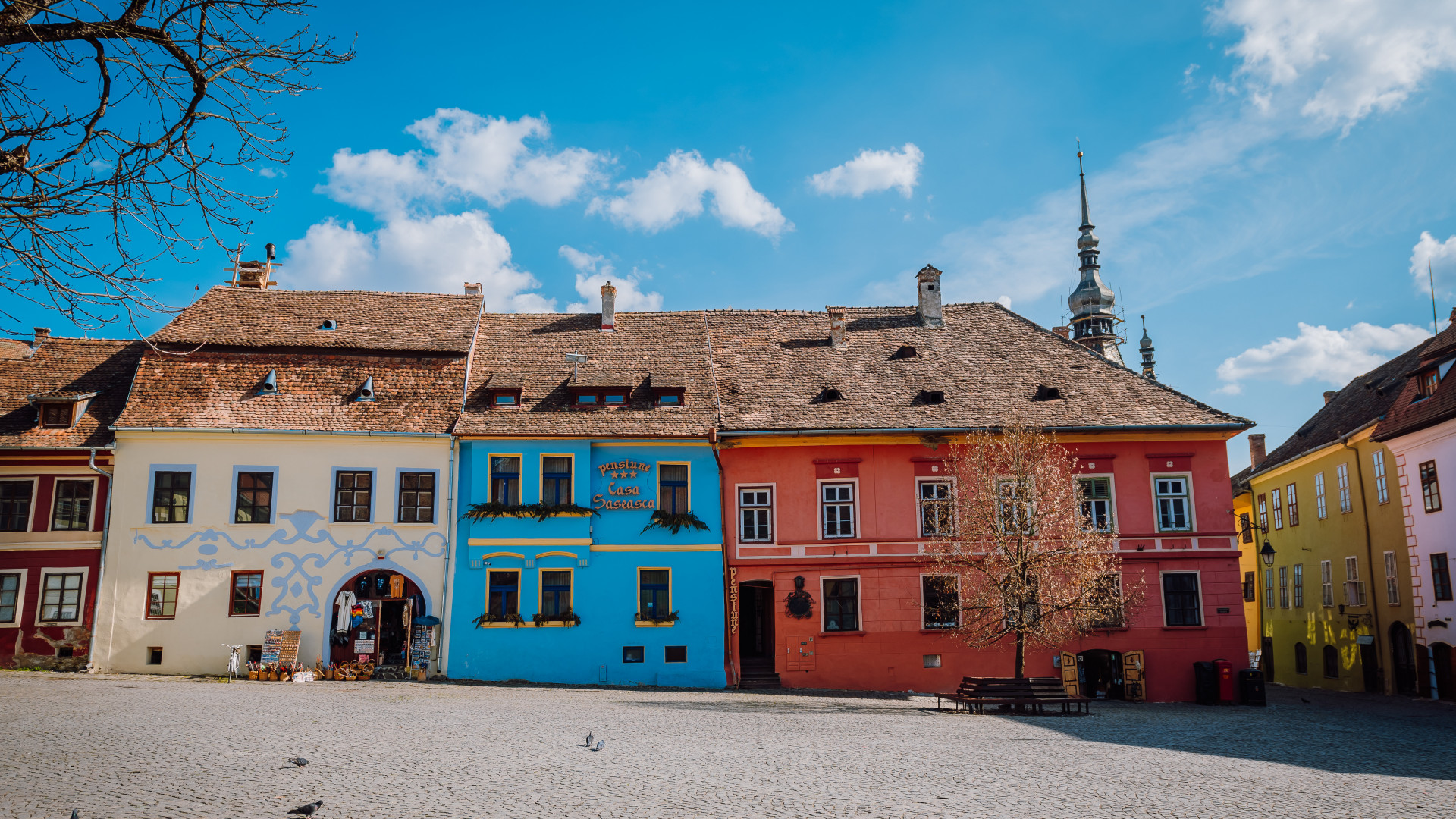
Museum Square - Sighișoara
The fortress of Sighişoara shelters old houses that in the past were inhabited by wealthy families. The Houses of Fortress Square and the Museum Square are the result of the changes after the great fire of 1676. Most houses after the fire have changed their facades. Each house in the fortress is characterized by a special architecture. The Fortress Square has for some time housed the "pillar of infamy" and "tribune" on which the capital processes were judged in public. Fortress Square was also a powerful medieval commercial space. The medieval statutes specified the place where the goods were produced inside the fortress. Citadel Square has regained its old function of trade nowadays, but in another form: to sell handicrafts - souvenirs for those who visit the city.
Learn more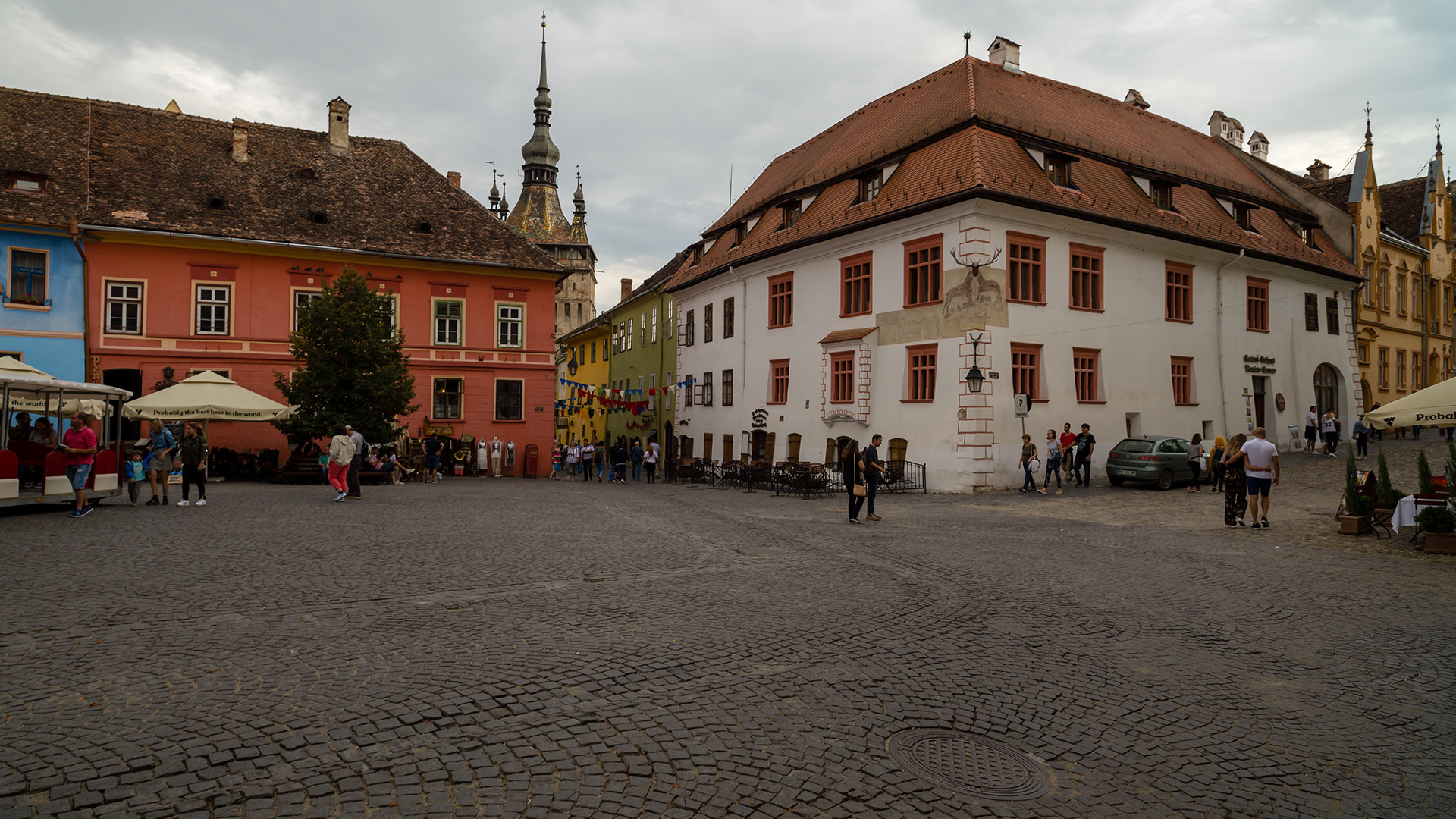
The stag house - Sighișoara
The name of the house is given by the stag on the corner of the house. Built in the 13th century with further modifications from the 14th, 16th, 17th and 18th centuries, it is probably the most important house of the city. In 2001 the restored house was reopened by the Messerschmitt Munich Foundation. Restoration works have highlighted the cast ceilings, a painted room and exterior painting. Today, the extremely functional building comprises a modern guesthouse, a traditional café-restaurant and a Romanian-German cultural center.
Learn more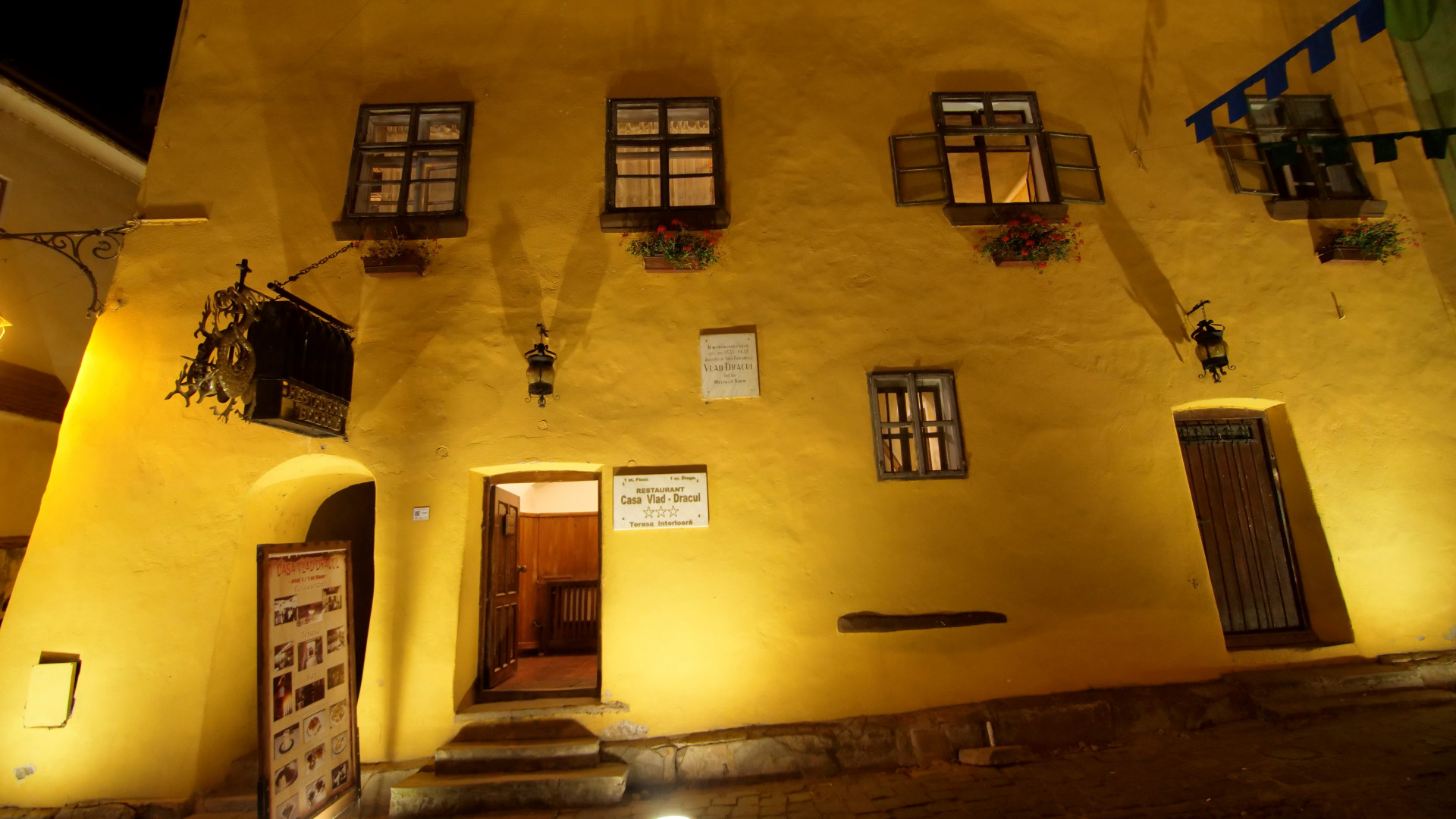
The Dracula House - Sighișoara
The house known today as Vlad Dracul is, apparently, the oldest civil construction in Sighisoara Citadel preserved to this day. This is proven by the semi-cylindrical vault made of river stone on the ground floor of the building, from the 14th century. The house is located in the central area of the citadel, close to the Clock Tower and it used to belong to the guard corps, who used it as a guest house. The name is related to the period 1431 - 1436, when Vlad II, nicknamed Dracul (the Dragon), knight of The Order of the Dragon, was in Sighisoara waiting to ascend the throne of Wallachia. During his time here, he established a mint where he minted his own currency that circulated throughout Transylvania. It is assumed that his son, Vlad the Impaler, was born here in 1431, who inspired Bram Stoker's famous character Dracula from the novel with the same name.
Learn more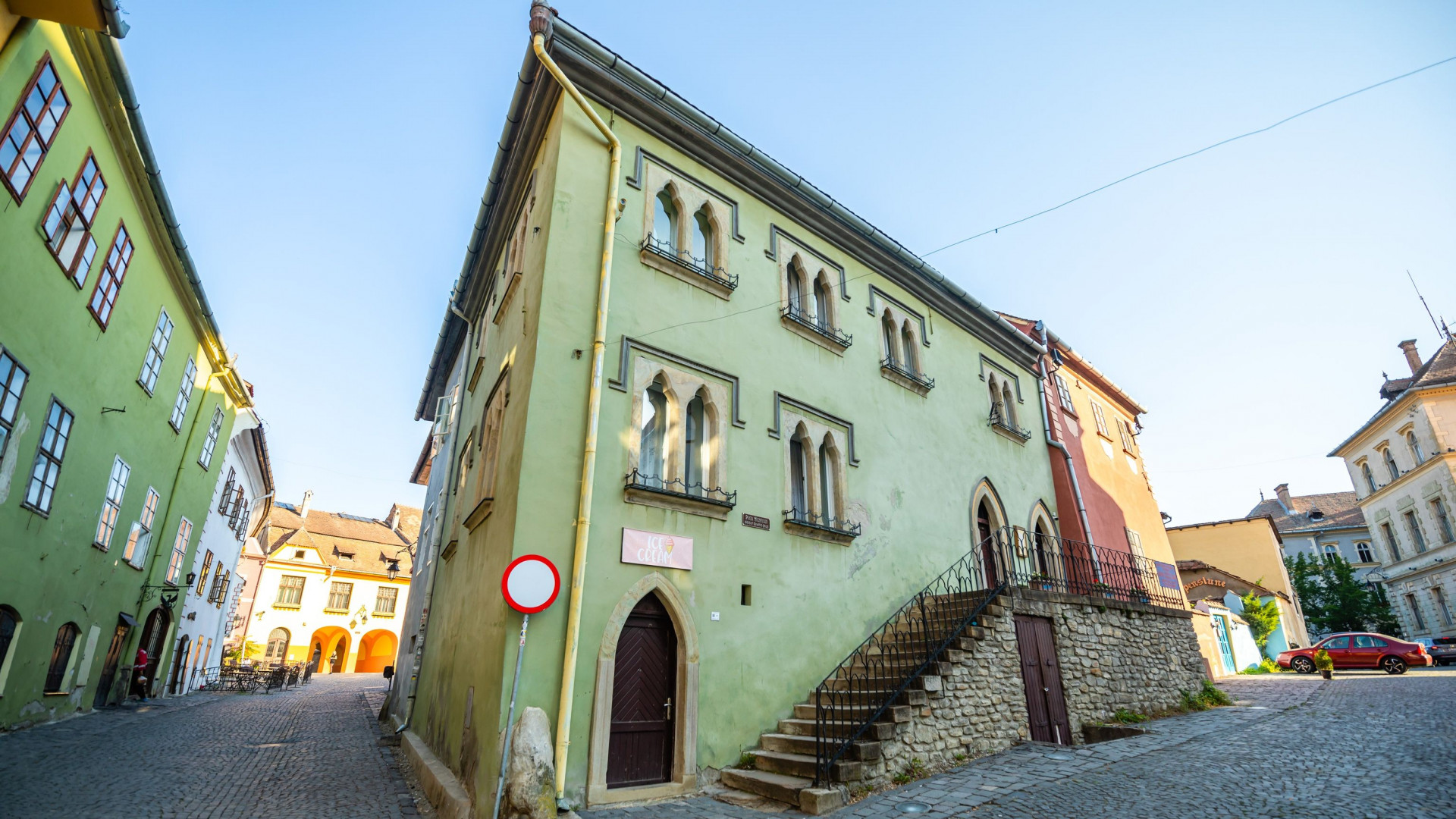
The Venetian House
The Venetian House is located near the Museum Square and dates back to the 16th century. Also known as the Mann House, it was inhabited by the Mann family for a while, a family of goldsmiths from whom the famous mayor Stephanus Mann rose. It was renovated in the 18th century, when stone window frames inspired by the Venetian Gothic style were added. In the meantime, the house has undergone several repairs, but it remains a gateway to another world in the midst of the fortified town.
Learn more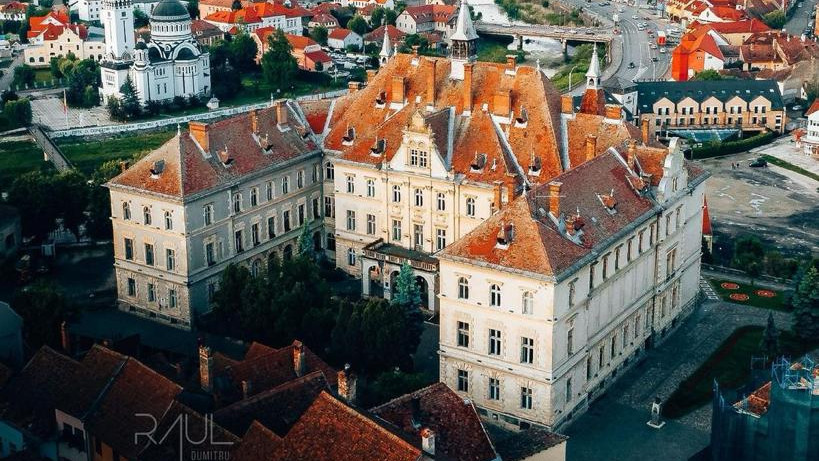
The Palace of Târnava Mare County
Currently known as the Town Hall of Sigisoara, the imposing building was erected between 1886 and 1888 on the site of the former Dominican monastery in the mediaeval citadel. The neo-Renaissance construction was built for administrative purposes from the very beginning and was called the Palace of the Târnava Mare County. Inside, along with the offices of the local administration, the building houses the Baroque Hall, where many of the town's important cultural events still take place.
Learn more